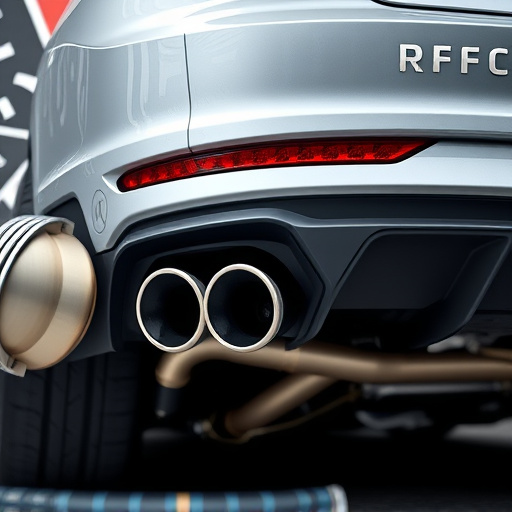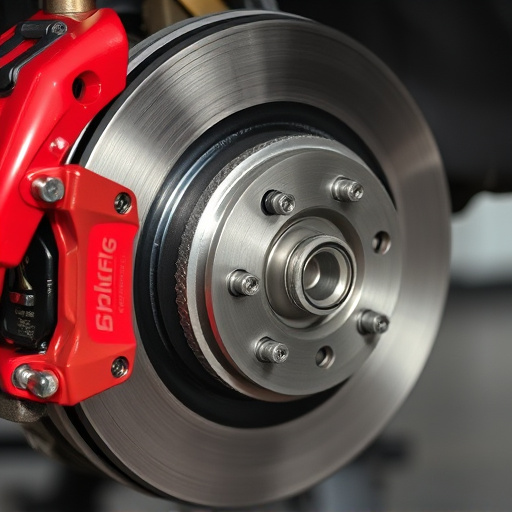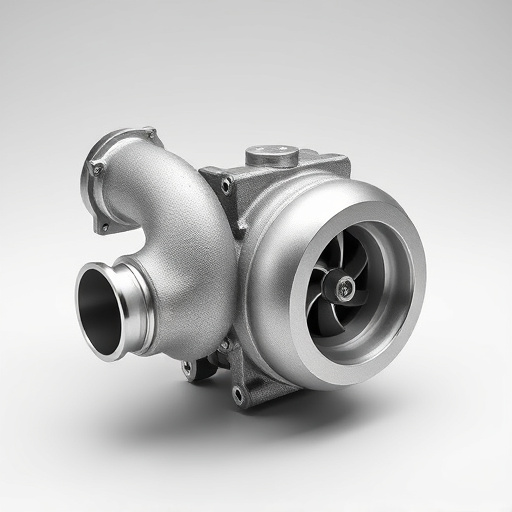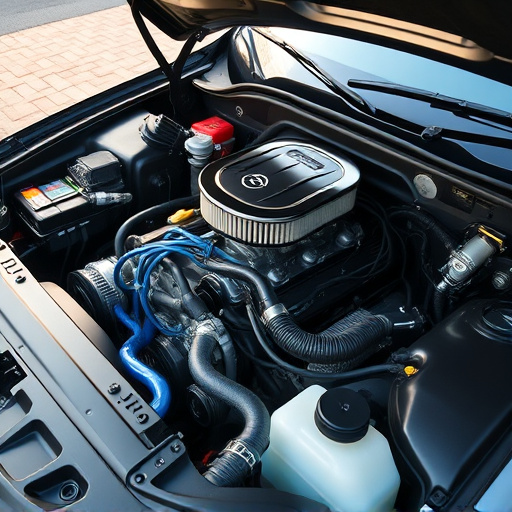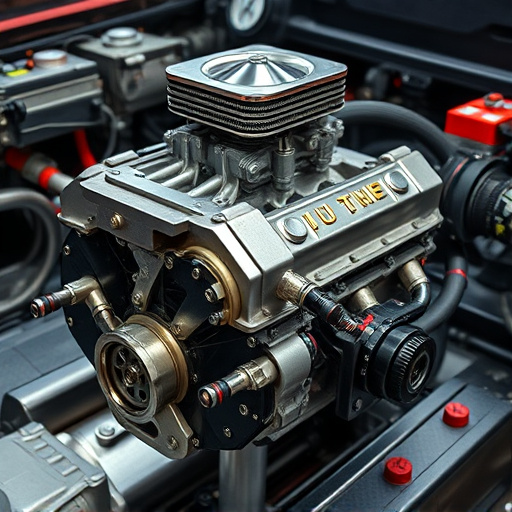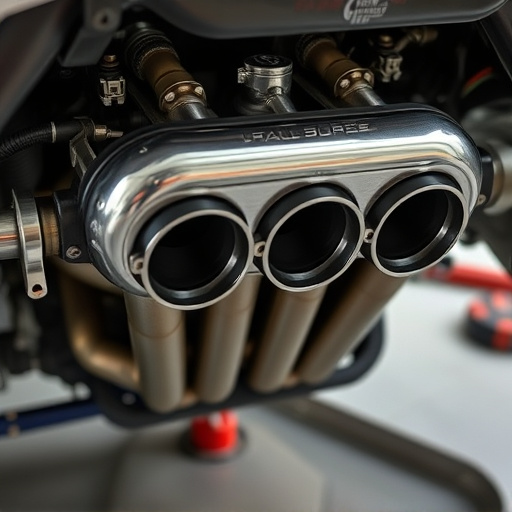Brake pads and rotors are vital for vehicle safety and performance. Organic pads offer good stopping power with shorter wear but less durable; ceramic pads are quieter, long-lasting, and cost-effective; metallic pads provide powerful braking and durability, but may agitate rotors over time. Proper fitment and inspection ensure optimal pad and rotor longevity, enhancing overall vehicle health.
Choosing the right brake pads is crucial for safe and efficient braking. This guide breaks down the essentials of brake pads, focusing on organic, ceramic, and metallic options. We’ll explore key differences in performance, durability, and compatibility with brake rotors, helping you navigate this decision. Whether you’re a driver seeking superior stopping power or an auto enthusiast optimizing for cost and longevity, understanding these types is essential for maintaining your vehicle’s braking system.
- Understanding Brake Pads: Types and Materials
- Organic vs Ceramic: Performance and Durability Comparison
- Metallic Pads: Advantages, Disadvantages, and Considerations for Brake Rotors
Understanding Brake Pads: Types and Materials

Brake pads are an essential component of your vehicle’s braking system, playing a crucial role in slowing and stopping your car. They work in conjunction with brake rotors to create friction, converting kinetic energy into heat, which brings the vehicle to a controlled stop. Understanding the different types and materials of brake pads is key when making an informed decision for your vehicle.
There are primarily three categories: organic, ceramic, and metallic. Organic pads, often made from asbestos-free organic materials, offer a smooth ride but may wear faster due to their lower friction levels. Ceramic pads, known for their durability and reduced noise levels, are a popular choice for many drivers. Metallic brake pads, usually constructed with steel or copper fibers, provide the highest braking power and heat dissipation, making them ideal for high-performance vehicles. When considering your options, remember that these pads not only affect braking performance but also contribute to overall vehicle health, especially in relation to your exhaust mufflers and tips, as well as your air filter kits.
Organic vs Ceramic: Performance and Durability Comparison

When comparing organic vs ceramic brake pads, performance and durability are key factors to consider. Organic pads, often made from a combination of recycled materials and high-quality fibers, offer excellent stopping power, especially in wet conditions. They tend to provide shorter braking distances and strong heat dissipation properties, making them suitable for everyday driving. However, their lifespan may be slightly shorter than ceramic pads due to their composition.
On the other hand, ceramic brake pads are known for their superior durability. Crafted from a mix of high-temperature ceramics and carbon fiber, these pads can withstand extreme temperatures better, ensuring consistent performance even after prolonged use. While they might be slightly more expensive, ceramic pads offer longer wear life and reduced noise levels, contributing to a quieter driving experience. This longevity also translates into fewer replacements needed over time for both brake pads and rotors, potentially saving costs in the long run.
Metallic Pads: Advantages, Disadvantages, and Considerations for Brake Rotors

Metallic brake pads offer several advantages for those seeking high-performance braking. Their primary benefit lies in their ability to provide excellent stopping power and heat dissipation, making them a popular choice among enthusiasts and professional drivers. These pads are known for their longevity, particularly in demanding driving conditions, thanks to their robust metal composition. This durability translates into reduced maintenance needs and cost savings over time.
However, metallic pads can be less forgiving on brake rotors. Their aggressive braking performance may lead to faster wear and tear, especially if not paired with well-maintained or high-quality rotors. It’s essential to consider the compatibility of these pads with your vehicle’s specific rotor design, as improper fitment could result in increased noise, vibration, or even damage to the rotor surface. Regular inspection and maintenance are crucial to ensure the longevity of both brake pads and rotors, complementing the performance exhaust and intake components for a seamless driving experience.
When selecting brake pads, considering both your driving style and vehicle’s needs is crucial. Organic pads offer a smooth ride and quiet performance, while ceramic pads excel in heat dissipation and reduced dust. Metallic pads are durable but may affect rotor health over time. For optimal braking efficiency and rotor protection, understanding these differences is key. Regular maintenance and timely replacements ensure your brake pads and rotors work in harmony, enhancing safety and vehicle performance.









